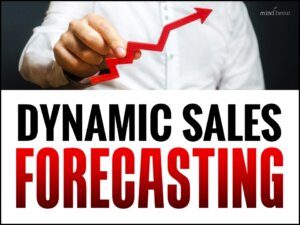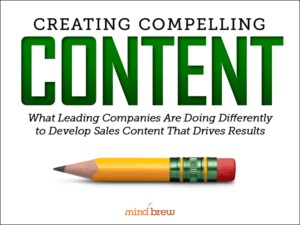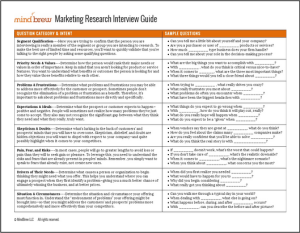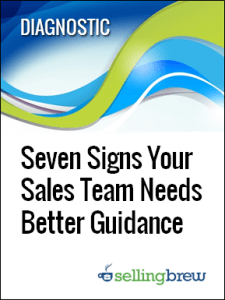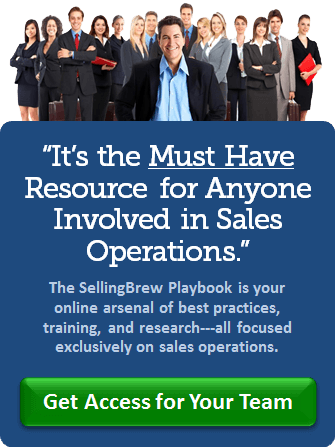Does this scenario sound familiar?
The sales ops team needs to put together a quarterly forecast, so you talk to the sales reps about the state of their pipeline. In addition to the regular maintenance accounts, Joe says he is about to close a deal worth $500K, Sarah is looking at an extra $400k, and Lamarr has three deals in the works that together will be worth a cool million.
This is all good news, but you have your doubts that the full $1.9 million will come through. So you present the leadership team with numbers that suggest revenue will be about a $1 million over your average.
The execs, of course, are ecstatic. They immediately bless the forecast, and everyone moves on to their next tasks confident that it’s going to be a great quarter.
But before the proverbial ink is dry on the forecast, things start to change. Joe’s account signs for only half of what they had originally been discussing. Sarah’s customer postpones buying until the next quarter. And while one of Lamarr’s customers come through, the other two decide to sign with the competition.
Now, it’s looking like $500K above average is a more reasonable forecast. But because your team won’t run the numbers again for three more months, no one will know until after the quarter closes. And leadership is going to be pretty upset that they’ve made decisions based on your numbers. Any course corrections are going to be far too late. And the sales team is going to be under a lot of pressure to hit numbers that just aren’t realistic.
Traditional vs. data-driven forecasting
Fortunately, there is a better way. Technology has evolved to a point where true dynamic forecasting is a possibility. And it has a lot of advantages over the older methods:
- Objective vs. subjective: Traditional forecasting relies heavily on rep input. And while they are doing their best to provide accurate numbers, by nature they tend to be an optimistic bunch. By contrast, dynamic forecasting relies on hard numbers from your historical data, deal dynamics, and structured models.
- Continuous vs. infrequent: Manual forecasting takes a lot of time. As a result, most teams do it bi-weekly at most, but maybe only monthly or quarterly. But dynamic forecasting uses automation to update the numbers constantly whenever the data or signals change.
- Long-term vs. short-term: Most teams create forecasts only for the current month or quarter — they just don’t have time to look ahead to upcoming quarters. However, dynamic forecasting can calculate upcoming quarters as easily as the current one, allowing you to look farther into the future.
- Fast vs. slow: With older methods, teams often don’t realize things have changed until it’s too late to do anything about it. On the other hand, dynamic forecasting serves as an early warning system, flagging potential changes with enough time to course-correct.
If you are interested in getting this kind of visibility in your organization, you don’t have to make a wholesale switch overnight. You can keep doing quarterly or monthly reviews if that works for your team while also trying out the new technology. And investing in the new software will give you the option of creating dashboards that provide real-time insight into the state of your funnel.
A mindset shift
Today’s dynamic forecasting technology is so advanced, that it typically isn’t very expensive or very difficult to implement. The hardest part will actually be changing the way your team — and the larger organization — think about forecasts.
You have to start viewing forecasts as living documents that are going to change constantly — maybe even multiple times in a single day.
And you have to prepare leadership for the reality that you may not exactly hit the projections that appear on the first day of the quarter. The benefit, however, is that you’ll have much more realistic view of the market that allows you to response quickly, hopefully even beating out your competition.
If this idea intrigues you, check out the full webinar on Dynamic Sales Forecasting. It can help you learn how to adapt to change, identify risk earlier, and make forecasting a continuous, adaptive process.
In short, forecasting shouldn’t be a quarterly scramble that produces a static document. Dynamic forecasting can maintain constant, accurate insight into the state of the market.

